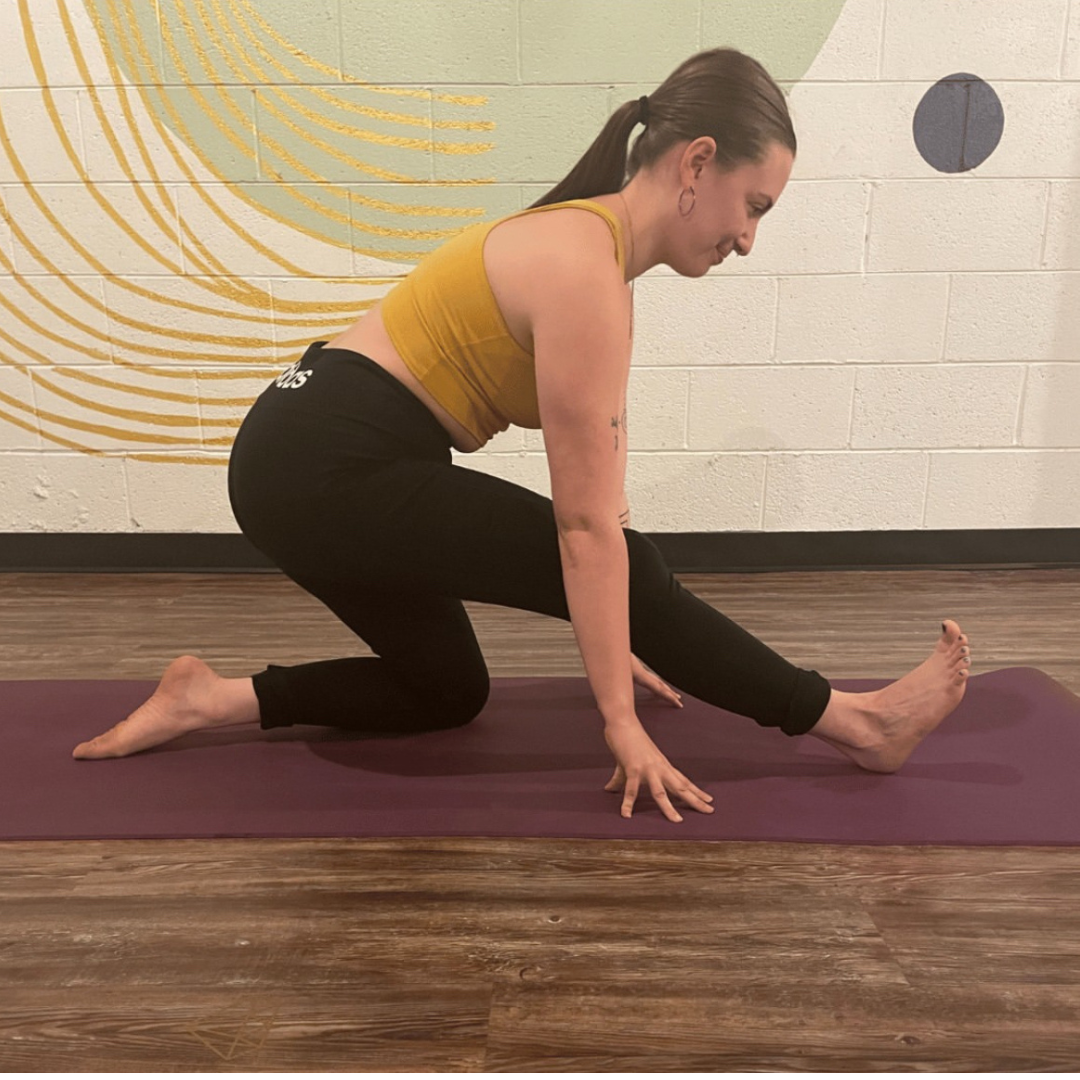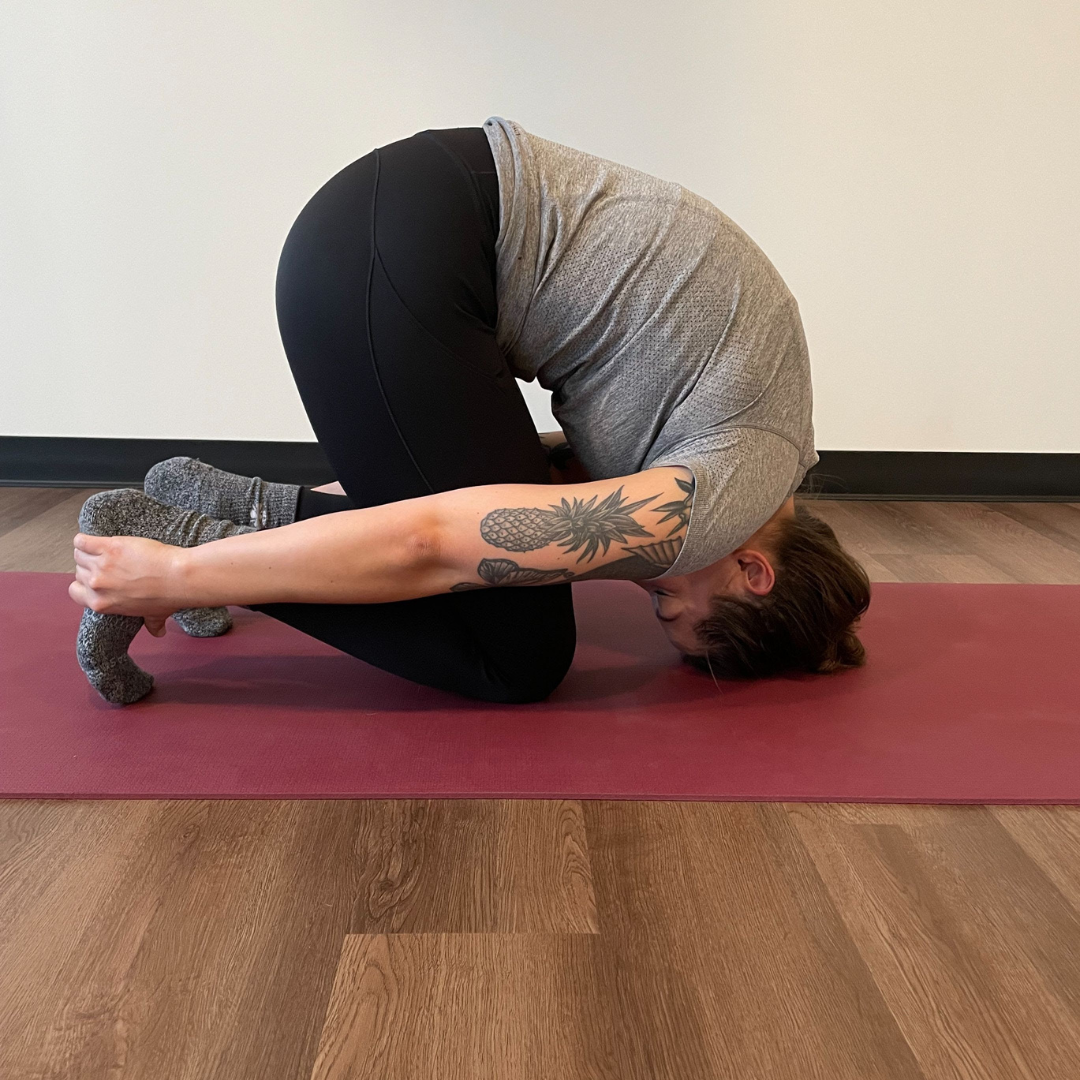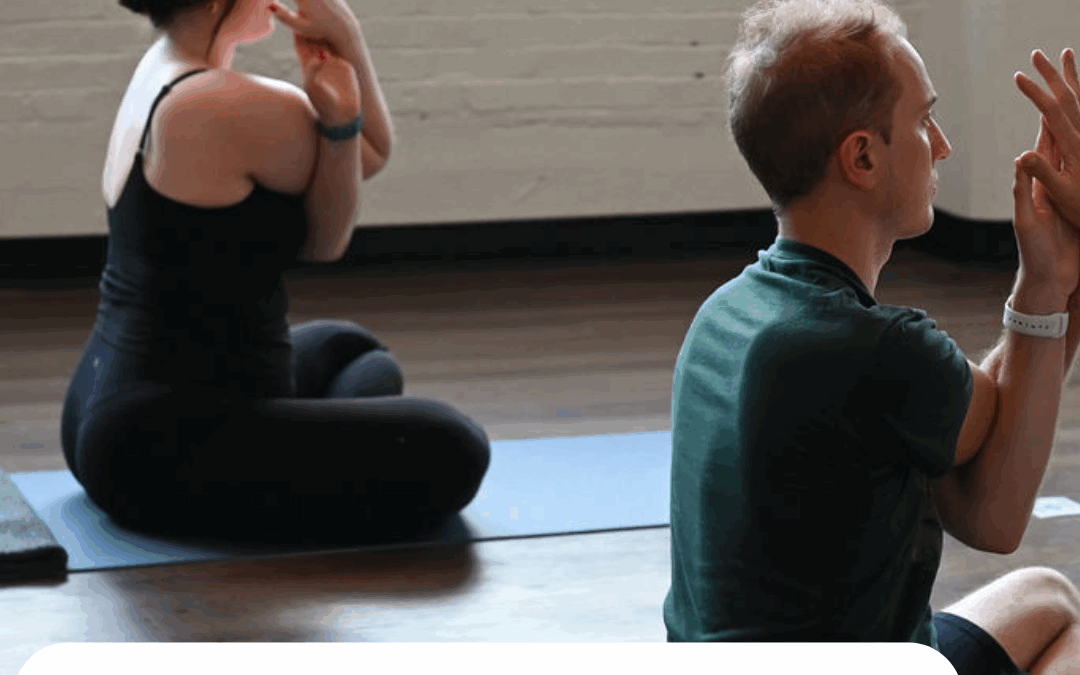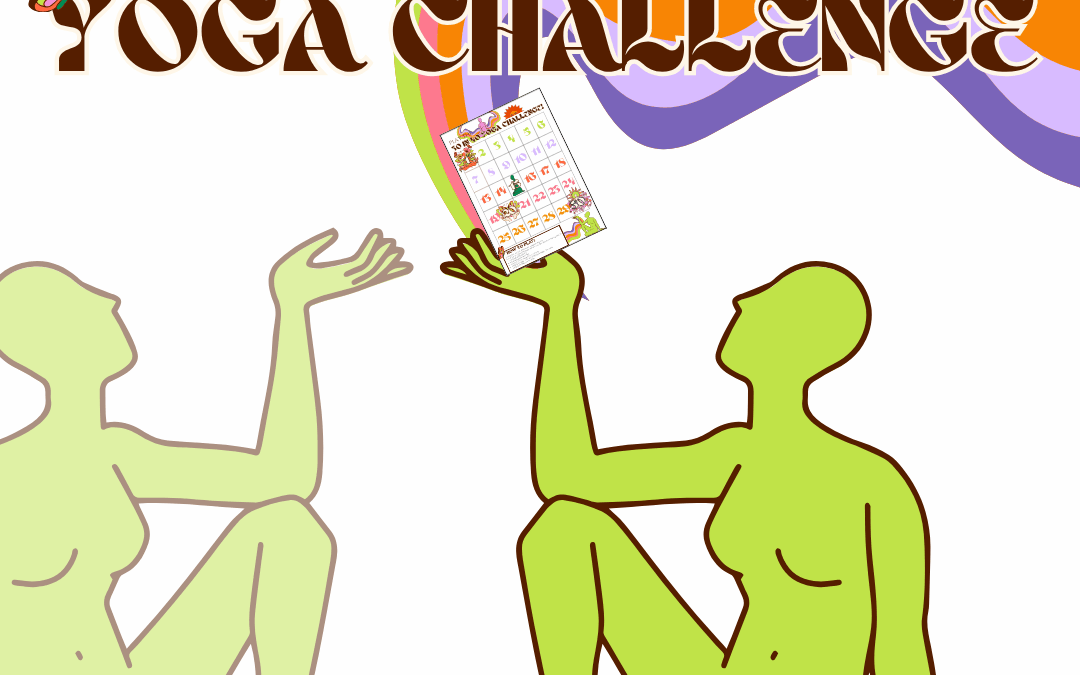“Humility is not thinking less of yourself, it’s thinking of yourself less.”
– C.S. Lewis
Weekly Focus: Namah[a] (humble salutation: “it’s not about me”)
Commonly used in yogic mantras, Namaha is a salutation of humility or surrender. When we break down namaha, the roots are the sanskrit negation NA paired with MA or “mine.” Essentially, namaha translates as “not mine” or the idea that it is “not about me.” While traditionally this often refers to a spiritual practice or devotion to a deity, we can also take lessons from it within community.
So often situations are not about ourselves as individuals, removing the “I” or the ego from a narrative is challenging however. This mantra is a reminder of our universal connection and our higher self. Acknowledging when another person’s reaction, situation or narrative is not about ourselves allows us to connect with more empathy and an open heart.
This week, we practice removing ourselves as the center of our reactions and try framing narratives around other individuals. How does this change our ability to connect and respond love and kindness?
Here a few places we may stop to consider Namaha in our daily lives, reminding ourselves that is is not about “me”:
- Active listening — when a friend, colleague or family friends sits down to share something difficult they are dealing with, practice listening and centering the conversation around their narrative. Rather than responding with your own anecdote and flipping the conversation to yourself, consider how you can leave more space for that individual to to be vulnerable.
- Pause before reacting — when you are challenged with a situation that leaves you uncomfortable, perhaps facing acknowledgement of your place in a larger issue (gentrification, privilege, etc), pause to remind yourself that it’s not about you as an individual. It is important to recognize the part we play and to remember that discussions around these issues are not personal attacks.
- Reframe your thoughts — when having a difficult conversation with another human, describe your feelings in how you perceive them to be. We all have different narratives and your perception may not be the same as the other individual’s perception or intention. By removing ourself as the center, we may open up more channels to healing.
Passive Pose of the Week: Ardha Hanumansana (half splits)

Ardha hanumanasana is a humble bow, a metaphorical offering. It is derived from the story of Hanuma, who was a dedicated devotee to Lord Rama, and offered himself in service and love.
- Begin in a low lunge with the right leg forward and the left leg behind. Allow the left knee to rest on the ground.
- Bring your hands to the ground and straighten your right leg. As you do, move the hips back to line up over the left knee.
- Gently flex the right foot to increase the stretch through the back of the right calf.
- Fold your chest towards your right leg to any degree that feels comfortable.
- Hold for [5] breaths before switching sides.
To get the most out of ardha hanumanasa, we greatly recommend blocks! Even when practicing asana (postures), it is important to remove ourselves and our ego as center. Doing so, may grant more permission to support poses such as ardha hanumanasa with the aid of props or blocks. Placing blocks underneath of the hands will allow for a firmer foundation to support the arms, increasing the support for the fold. So rather than feeling like we are falling over our front thigh, try blocks under the hands so that you can be more comfortable in the pose.
Active Pose of the Week: Sasangasana (rabbit pose)

Sasangasana offers humility and humbleness as we lift the heart up over the head.
- Begin in a kneeling position.
- Fold forward and place the crown of your head on the floor, about 6 inches or so in front of the knees.
- Reach your arms back behind you and grab hold of your heels or your ankles.
- Keep the grip of your legs as you lift your hips up and round your back forward. Imagine pressing the space between your shoulders towards the room in front of you.
- Find 3 – 5 breaths here before gently lowering youself back into a kneeling seat.
Sasangasana offers a generous stretch of the neck and upper back. This posture is techincally an inversion, with your heart over your head. Getting upside down sometimes makes instruction and direction tricky though! To access this big stretch, try taking a few cat-cows first. Pause in the cat position and really imprint the position of your upper back into your mind. As you come into sasangasana, imagine creating the cat-like spine with your head on the floor.
Join us in class this week to practice the reminder of namah[a]. See the full schedule HERE.



